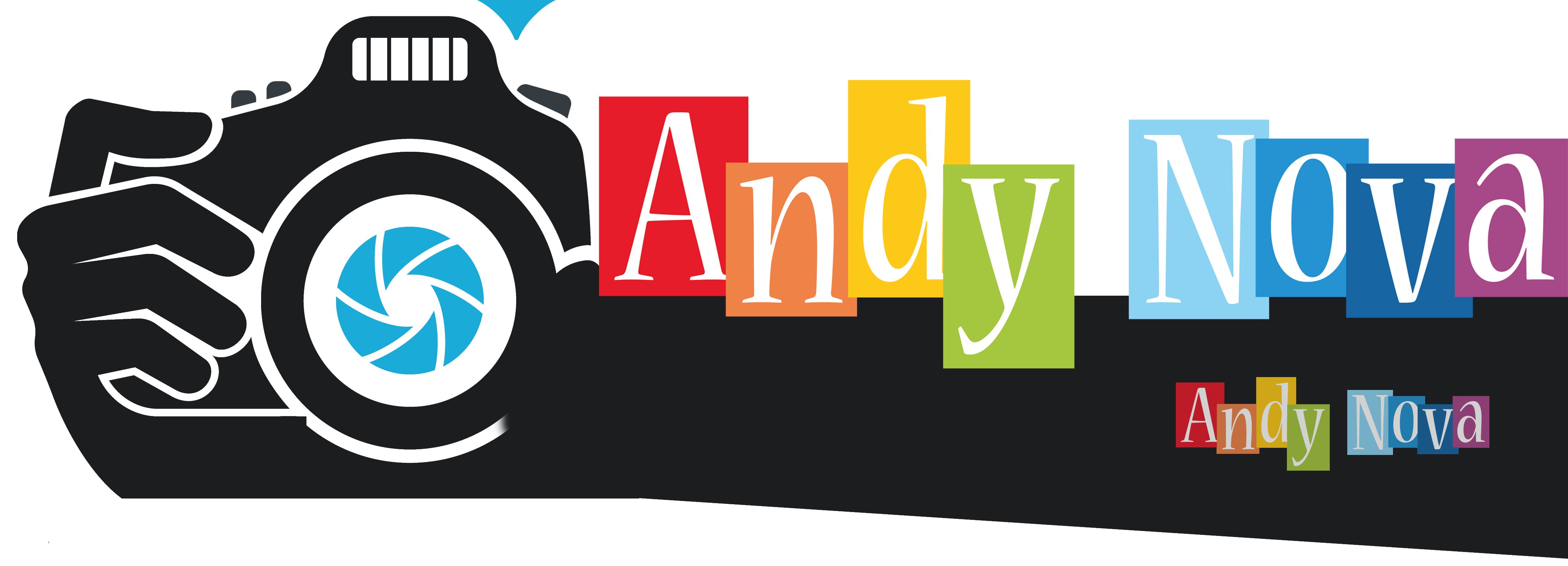Chính sách chia sẻ tài liệu
Khác với các các Fanpage chia sẻ sách lậu khác để câu like không thực chất, 8IELTS chỉ chia sẻ những tài liệu free và có bản quyền trên thế giới, những tài liệu được biên soạn bởi Thánh IELTS và những tài liệu chính thống được cung cấp bởi Hội đồng Anh. Ngoài ra chúng tôi sẽ chia sẻ các sản phẩm mà chúng tôi hoặc Team dịch thuật NovaTrans tạo thêm giá trị gia tăng (Dịch phụ đề, tổng hợp, bình luận, hài chế…)
Nhìn chung chúng tôi khuyến khích các bạn sử dụng sản phẩm có bản quyền. Các tài liệu bản quyền hay sẽ được 8IELTS review chứ không cung cấp link download, các bạn nên tự tìm mua để ủng hộ tác giả nhé!
Chính sách đăng bài và trích dẫn nguồn
Nguyên tắc Fair Use
What Is Fair Use?
In its most general sense, a fair use is any copying of copyrighted material done for a limited and “transformative” purpose, such as to comment upon, criticize, or parody a copyrighted work. Such uses can be done without permission from the copyright owner. In other words, fair use is a defense against a claim of copyright infringement. If your use qualifies as a fair use, then it would not be considered an illegal infringement.
So what is a “transformative” use? If this definition seems ambiguous or vague, be aware that millions of dollars in legal fees have been spent attempting to define what qualifies as a fair use. There are no hard-and-fast rules, only general rules and varied court decisions, because the judges and lawmakers who created the fair use exception did not want to limit its definition. Like free speech, they wanted it to have an expansive meaning that could be open to interpretation.
Most fair use analysis falls into two categories: (1) commentary and criticism, or (2) parody.
Commentary and Criticism
If you are commenting upon or critiquing a copyrighted work — for instance, writing a book review — fair use principles allow you to reproduce some of the work to achieve your purposes. Some examples of commentary and criticism include:
- quoting a few lines from a Bob Dylan song in a music review
- summarizing and quoting from a medical article on prostate cancer in a news report
- copying a few paragraphs from a news article for use by a teacher or student in a lesson, or
- copying a portion of a Sports Illustrated magazine article for use in a related court case.
The underlying rationale of this rule is that the public reaps benefits from your review, which is enhanced by including some of the copyrighted material. Additional examples of commentary or criticism are provided in the examples of fair use cases.
Parody
A parody is a work that ridicules another, usually well-known work, by imitating it in a comic way. Judges understand that, by its nature, parody demands some taking from the original work being parodied. Unlike other forms of fair use, a fairly extensive use of the original work is permitted in a parody in order to “conjure up” the original.
